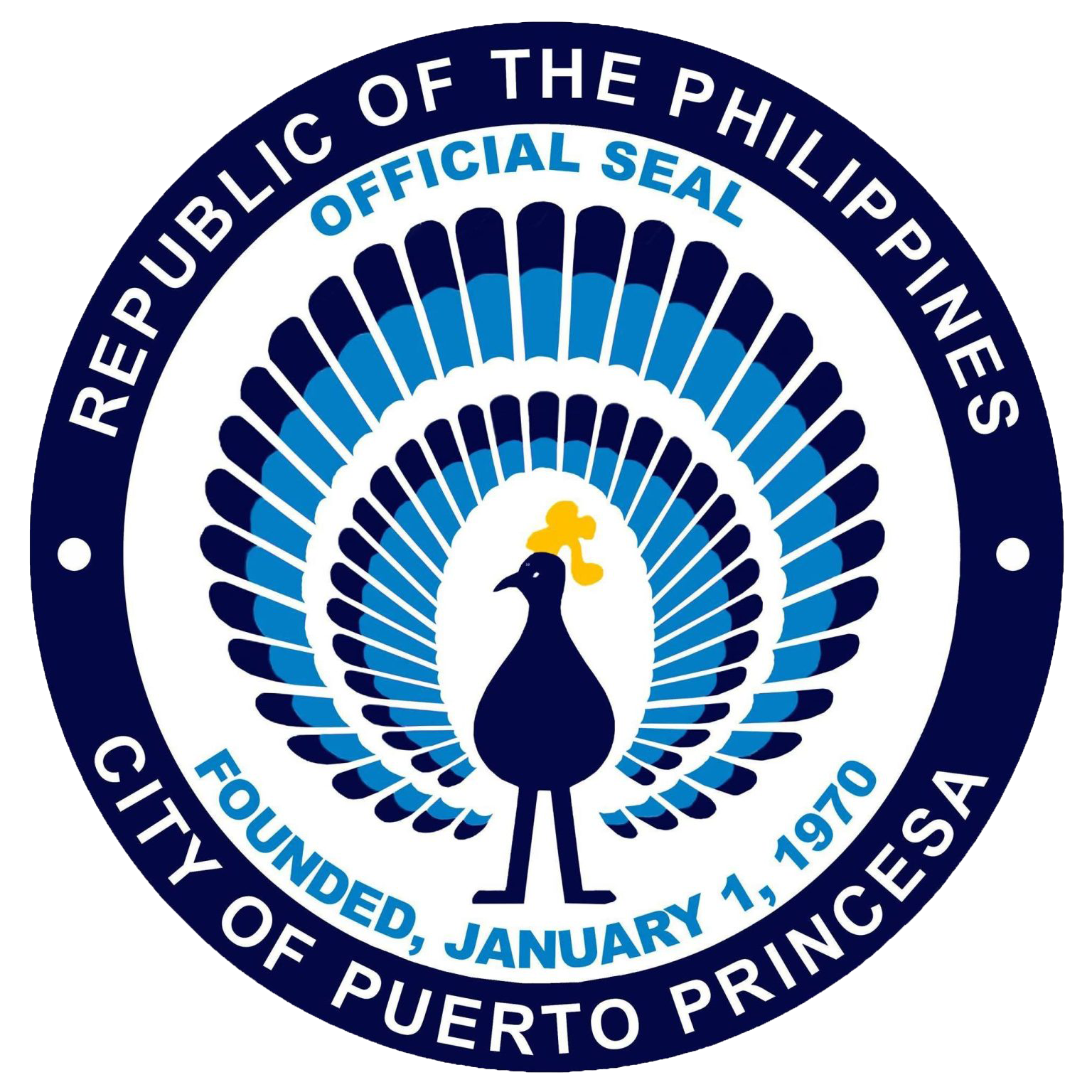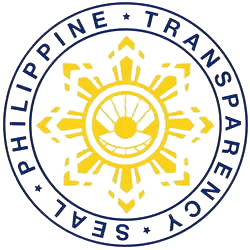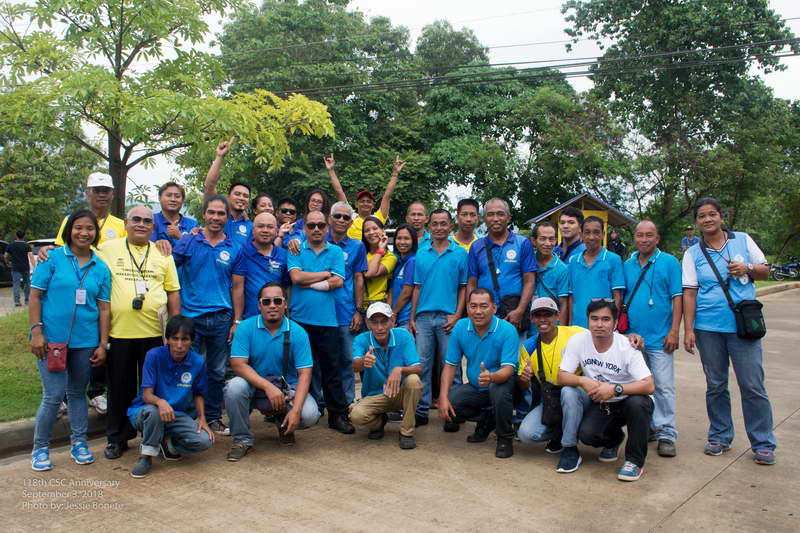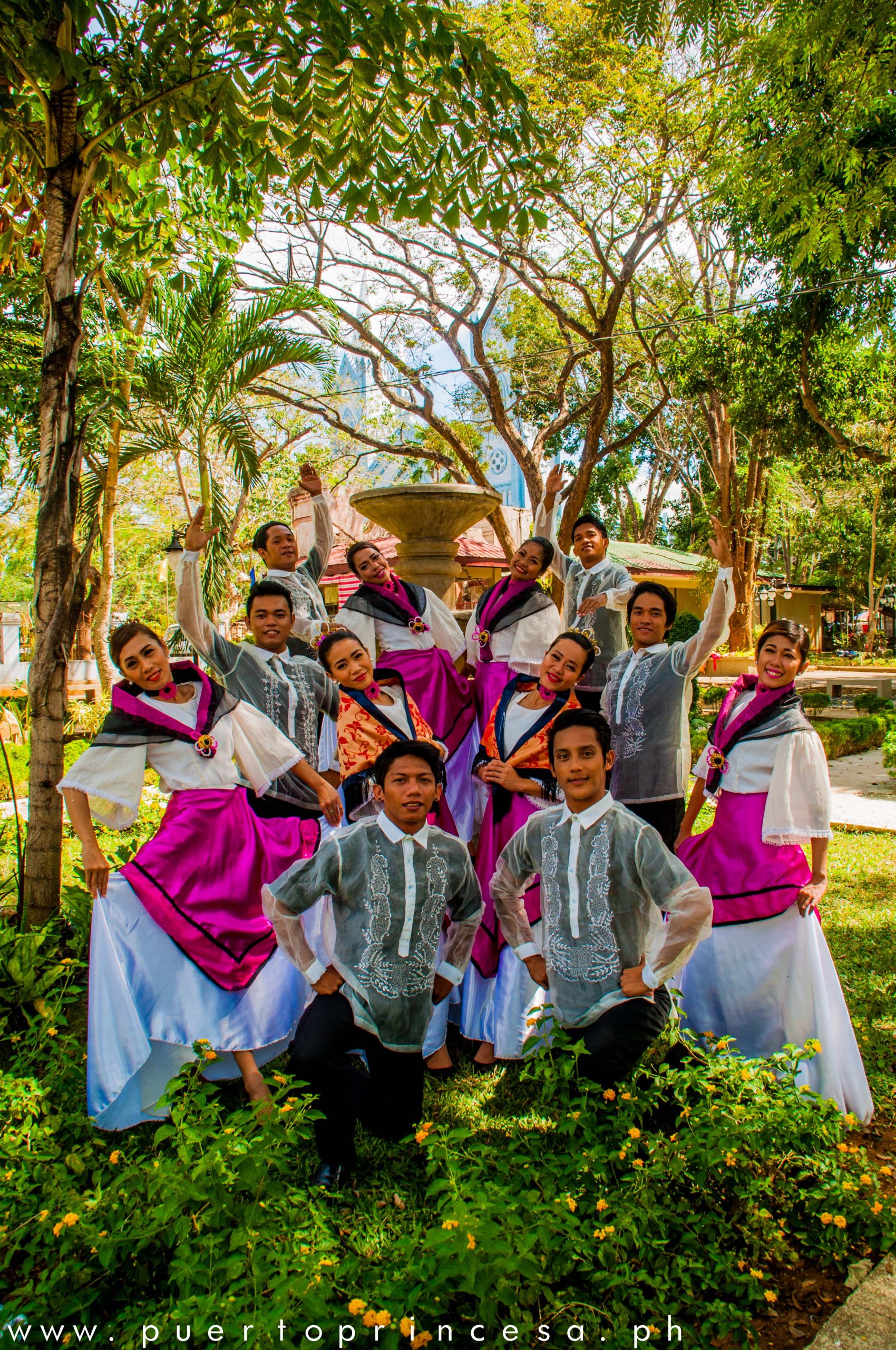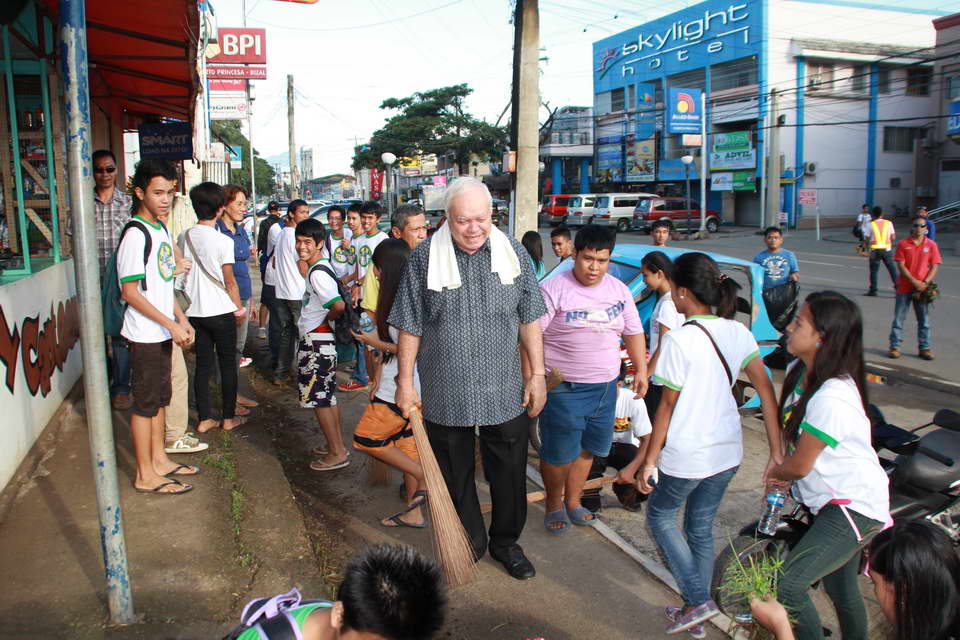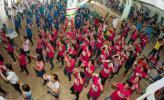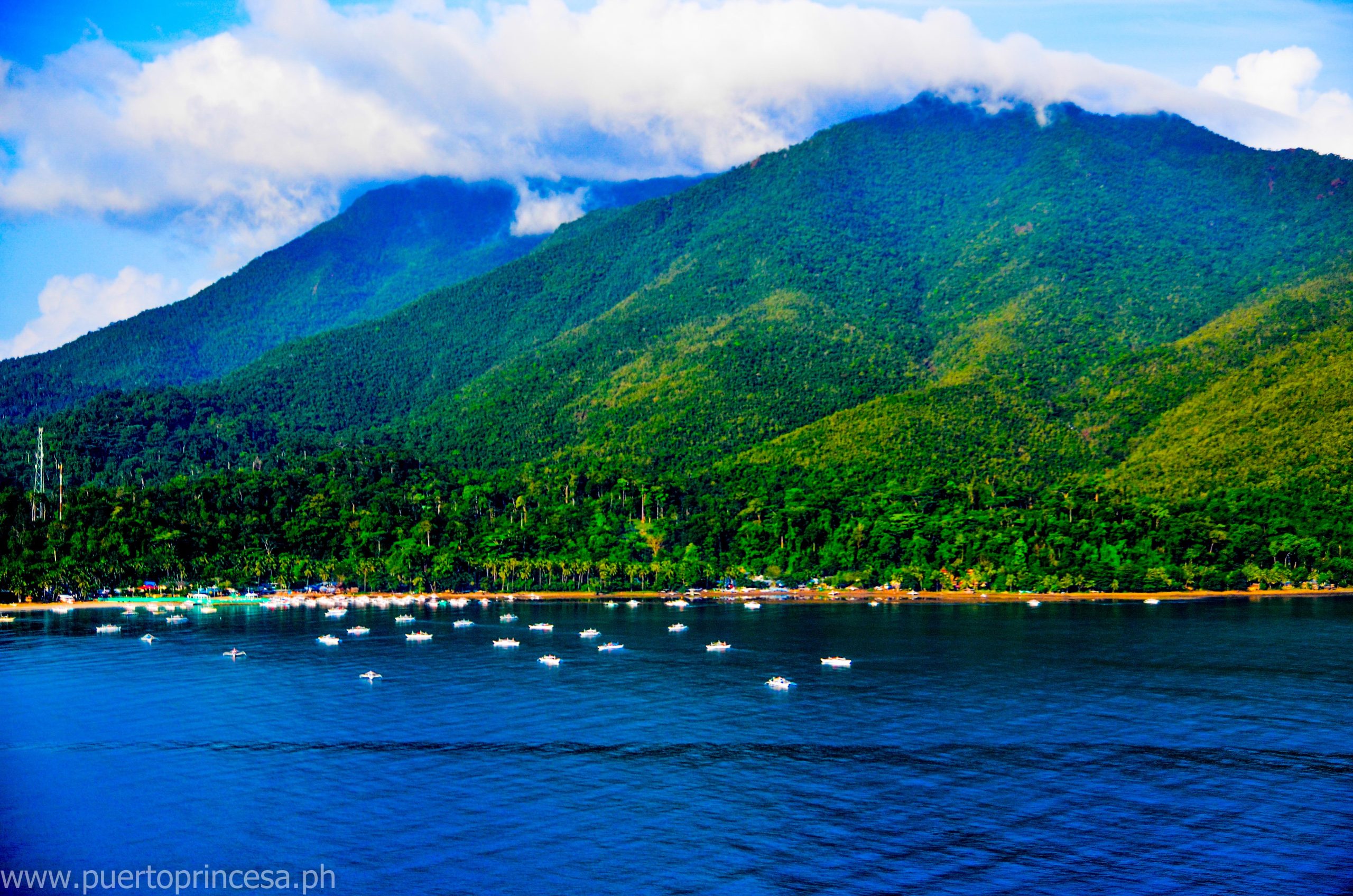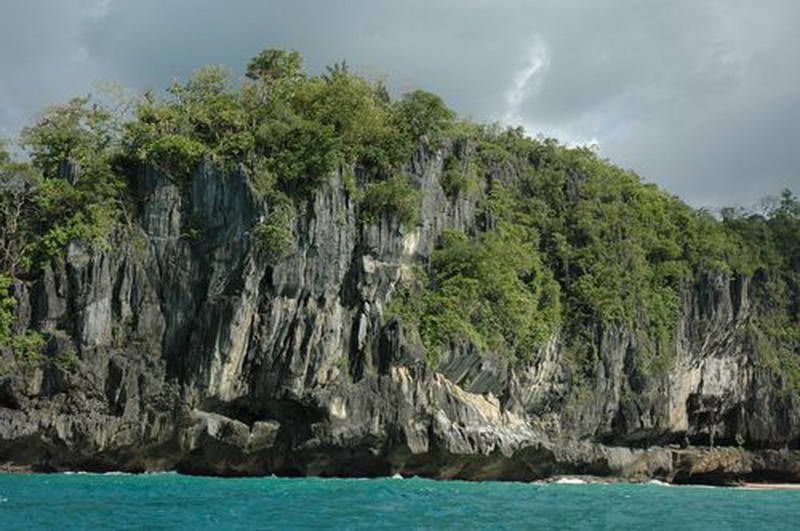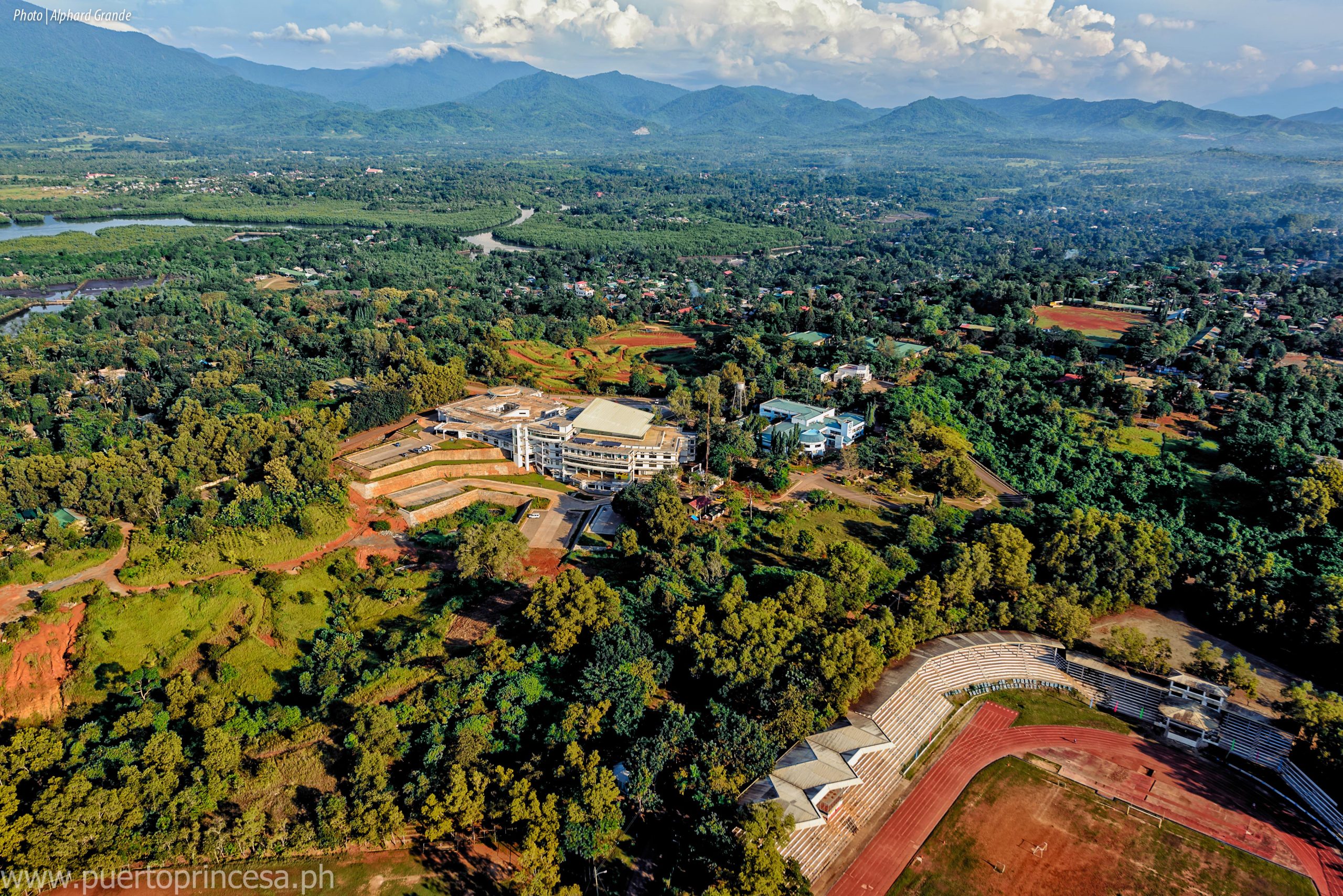CAPABILITY BUILDING
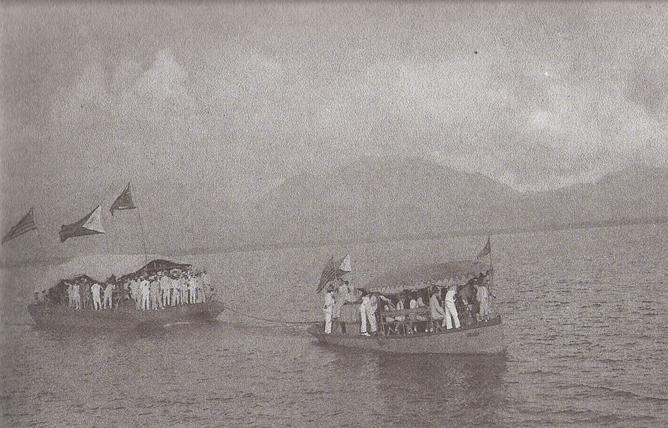
Fortune cast its shadow upon Puerto Princesa when the United States established the military government on August 14, 1898 to July 4, 1901. One of the motives for the coming of the Americans was humanism, which was the altruistic intention to civilize, to educate, to Chrisitianize and to train the Filipino people in democracy. In practice however, this altruistic motive was overshadowed by the theory of government adopted. The American theory of government centered in “materialism” in direct contrast to the Spanish theocratic form which has God as the central interest and ultimate concern.
The theory of government of the United States in the Philippines was spelled out in these words of the Philippine Commission: “The theory upon which the commission is proceeding is that the only possible method of instructing the Filipino people to methods of free instruction and self-government is to make a government partly of American and partly of Filipinos, giving the American that ultimate control for some time to come. It was said that the great body of the people were ignorant, superstitious and at present incapable of understanding any government but that of “absolutism”.
Under American Tutelage 1891 – 1935
The Cuban revolution precipitated the coming of the American to Asia, when the U.S. battleship Maine exploded at the harbor in Havana.
Military Government Established
A military government was established from August 14, 1898 to July 4, 1901. The main concern of the military government was the prosecution of the war
First & Second Philippine Commission
The First Philippine Commission The first Philippine Commission composed of :
THE MUNICIPALITY OF PUERTO PRINCESA
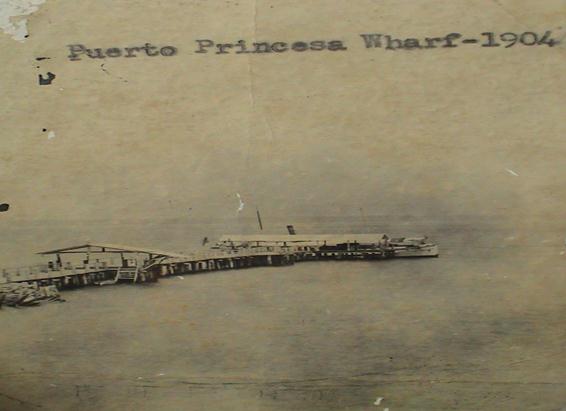
As early as 1899, the establishment of municipal government was authorized by General Order No. 130 series of 1899. This was superseded by General Order No. 40, series of 1900, promulgated by the Military Governor in accordance with the report of the Board headed by Chief Justice Cayetano Arellano. A more permanent general municipal law was derived from it and enacted by the Philippine Commission in 1901. However, a civil governor replaced a military governor only in areas which were “pacified” and subdued for the American military government.
The policy of the American military regime, besides pacification, was the establishment of a civil government. In pursuing these aims, American military authorities, as early as in May 1899, ordered the holding of municipal elections in some towns already “pacified”. They also began organizing local governments based on a plan designed by a committee of illustrados led by the late Cayetano Arellano, who at an earlier time was appointed Chief Justice of the Supreme Court.
Suffrage or the right to vote was granted not only a small group belonging to the principalia or privileged class of the 19th century Filipino-Spanish society; 23 years of age or more, six months legal residence in the municipality, a local position handled prior to the American occupation, minimum of P500 worth of real property, minimum annual tax of P30.00 and the ability to read, speak and write English or Spanish. Due to these stringent literacy requirements, only 24% of the national total population or 150,081 out of 6,623,804 Filipinos were qualified to vote, thus failing to reflect the true will of the people.
In his report, Arellano emphasized that “for the first time the Philippine people are to exercise the right of suffrage in the election of municipal officers – a right only slightly restricted by conditions which have been imposed for the purpose of regarding as well as encouraging the people in their just and natural aspiration to become educated, and others to enjoy all the benefits of civilization. On June 23, 1902, the Philippine Commission passed Act No. 422 which organized and placed the province of Paragua under the administration and control of the Americans. Paragua then was described as an isolated, uncharted jungle with very little outside contact and means of amusement. It was also a perilous place wherein to contract malaria from disease-carrying mosquitoes.
At the time of the American occupation the Municipality of Puerto Princesa covered all areas at the boundary of Aborlan in the south to as far as the present Municipality of Roxas, parts of San Vicente and the barangays of the Municipality of Dumaran in the north of the mainland. Puerto Princesa endowed with rich tracts of agricultural lands, mineral deposits, forest resources, bountiful marine aquatic resources and its lakes and rivers teem with fresh water resources was inhabited by a mixed population of migrants and natives motivated with the strong desire for its full development. Population From 1903 to 1930 according to the records of the National Census and Statistics Office, the population of the Municipality of Puerto Princesa was: in 1901 – 1,208; in 1918 – 6,427; in 1939 – 10,887.
The rapid increase in population could be attributed to migrations from more densely populated areas in Palawan like Cuyo and Calamianes and other parts of the country, like Negros Occidental, National Capital Region, Masbate, Panay, Samar, Cebu, Tawi-Tawi, Cagayan, Albay and others. After the cession of the Philippines to the United States in 1898, a military government was established in Palawan sometime in 1901. Major John Brown was designated Lieutenant Governor.
The Americans focused its early years of occupation of Puerto Princesa in the advancement of education, health, public works and public services. In 1905, Governor Edward Y. Miller, “effected the construction of two cisterns” to hold water for drinking. One was constructed in front of the Catholic Church and the other near the municipal tribunal. In 1909, a huge water tank was built to provide the town with potable drinking water. The American government planned to build ports, improve commercial shipping, constructed road networks, municipal and school buildings. The erection of a 190 kilometer horse trail was contemplated between Puerto Princesa and Bonobono, but due to the lack of a steamer in those times (916), they used the panco or banca for sea travel between communities.
Establishement of Provincial Hospital
Based on the American policy of Filipinization, public positions occupied by Americans were gradually turned over to Filipinos until the latter could manage their own affairs. Thus in the early 1900s, the Filipinos were allowed to assume positions in the municipal, provincial and in the national government as they show their capacity for self-government. Governor Miller motivated qualified health workers to come to Palawan, known to be malaria-infested. Among those who responded was the couple Teresa Abaya and. Vivencio Herrera, Sr., both nurses from the University of the Philippine (UP) School of Nursing pioneered the establishment of a provincial hospital. They stayed and raised their children in Puerto Princesa.
Teresa and Vivencio Herrera
Vivencio Herrera was born in Polilio, Quezon. He graduated from the University of the Philippines (UP) College of Nursing and belonged to the 3rd Class of Nursing Students who graduated in 1913.He married Teresa Abaya, a graduate of the same school in 1912. They transferred to Puerto Princesa to establish the Puerto Princesa Provincial Hospital and later established the first drugstore in Puerto Princesa – the Herrera Palawan Drug Store. In recognition for their achievements, Teresa and Vivencio were given the Mayor’s Award in 1973 for pioneering the establishment of the first hospital in Puerto Princesa.

Holy Trinity College
The college was first named Holy Trinity Academy in 1940 when it offered elementary and secondary courses.
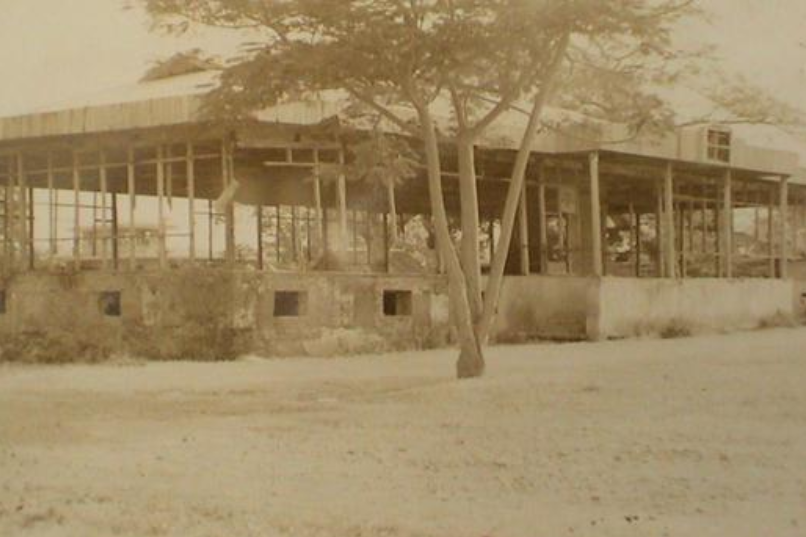
Palawan National School
The Palawan High School which was transferred from Cuyo to Puerto Princesa in 1936.
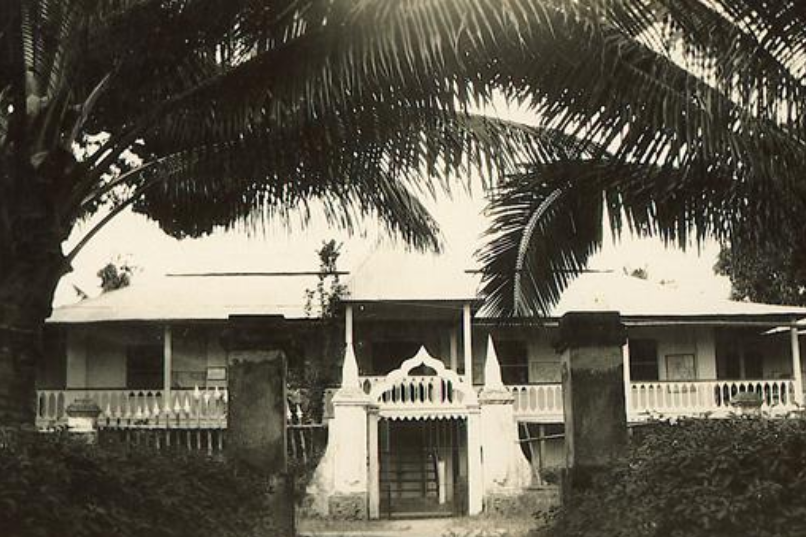
Str. Joseph Seminary
Msgr. Leandro Nieto established the St. Joseph Seminary on November 14, 1937.
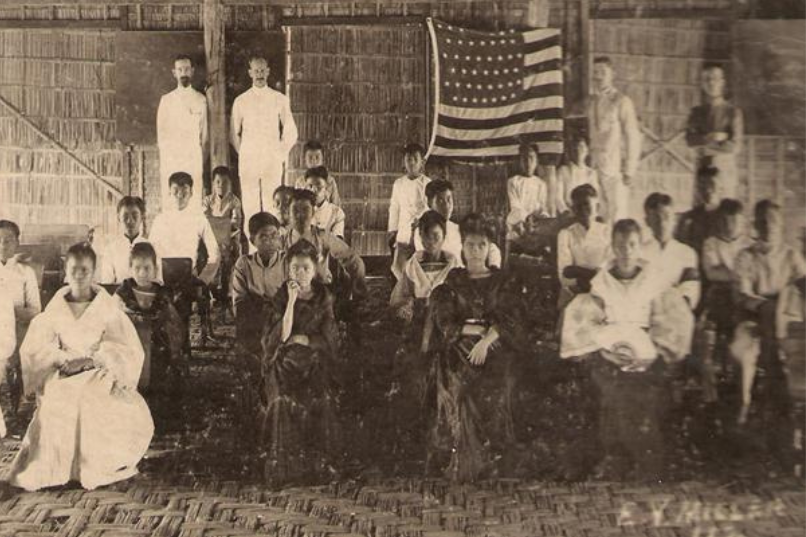
Educational Opportunities
One of the purposes of the United States in occupying the Philippines was to educate the Filipinos. Education is best achieved through formal education. Primary schools were established in population centers. Through the assistance of the American teachers who came as “Thomasites” with the soldiers as first teachers and later teaching the promising Filipinos the rudiments of teaching through institutes acted as teachers, teaching what they learned to Filipinos to fill the demands of teachers. The upgrading of teachers were through summer institutes in Manila and Baguio Summer School. A number of promising administrators were sent to the United States as pensionados (scholars). Governor Miller worked strongly on the training of local teachers who would conduct classes in the elementary level and train teachers for higher levels in the absence of qualified mentors. He built training institutes in Cuyo (Miller Elementary Echool named after Governor Miller), Aborlan (Farm Settlement School); and Puerto Princesa (Palawan High School). The American government also gradually set up a public school system. American teacher Charles Hart noted in December 8, 1901 that his diminutive class had greater attention for fiestas than their lessons. The Philippine Commission, nine years later, expressed satisfaction in finding larger and excellent schools and the school-age population speaking English.
Palawan National Agricultural College
The Palawan National Agricultural College was established by virtue of Republic Act No. 3646. The bill for its conversion as college was sponsored by Congressman Gaudencio E. Abordo. The college started as a Farm Settlement School in 1910, when Governor Edward Miller established the Tagbanua reservation in Aborlan. The first teachers were William B. Dawson, a Thomasite who was first assigned to teach at the Palawan High School at Cuyo, in early years of the American occupation, where he taught Agriculture. He was joined by Fabian Manlavi, a Cuyono. The two were responsible for the supervision of the construction of a school building, Principal’s residence and other school facilities. They found ready and enthusiastic support from Masicampo Manuel Cursod, a Tagbanua Chieftain. John Henry Finnigan, another Thomasite came in 1912, after a short sojourn in Antimonan, Quezon. He came to assume the position as Principal of the school, though his main designation was Captain of the Reservation. Bewitched, Finnigan, at 35 years old, married Quintara “Kinko” Cursod Joya on January 2, 1914. On October 9, 1914 a baby girl was born out of the union. She was named Maria Rosario Joya Finnigan. Tragedy struck the Finnigan household in the evening on December 1, 1914, when an escapee from the Iwahig Penal Colony killed Finnigan. Manuel T. Bacosa was the first Filipino Principal of the school. He was serving as the first Industrial Arts Supervisor of the Schools Division of Palawan then. In addition to his duties as school administrator, Bacosa was also made the first Captain of the Non-Christian reservation. He married Maria Fernandez, a member of a very prominent family in Cuyo. The stay of Principal Manuel T. Bacosa Sr., was cut short when in 1912 he was appointed Deputy Governor for Southern Palawan. He was succeeded by Francisco Perez from Iloilo. With Dr. Toribio Ortega, a graduate of Veterinary Science from the College of Agriculture of the University of the Philippines, Los Baños, Laguna, as Principal, the Farm Settlement School was elevated into the Aborlan Agricultural High School. In 1946, the school offered purely secondary courses. The elementary grades were transferred to the supervision of the Bureau of Public School. In 1960, the Aborlan Agricultural High School was made Palawan National Regional Agricultural School by virtue of Republic Act No. 1519. The name was subsequently changed to Palawan National Agricultural School in 1962, the Principal at that time was Nazareno Apellido. A year later, the school attained its college status by virtue of R.A. 3648 and was named the Palawan National Agricultural College (PNAC), authored by Congressman Gaudencio Abordo. Then in 1965 when Palawan National Agricultural College opened, Miguel P. Palao was designated Officer-in-Charge. He was replaced by Walfrido Rafols Ponce de Leon who was appointed Ad Interim President, by His Excellency President Diosdado Macapagal on August 6, 1965. He was replaced by Dr. Miguel Ponce de Leon Palao who served from 1968- 1993. It was later named State Polytechnic College of Palawan (SPCP) by virtue of R.A. 8012 through the efforts of Congressmen Alfredo E. Abueg, Jr. and David A. Ponce de Leon with Dr. Teresita L. Salva, President. Then later it became Western Philippines University when R.A. 9260 was signed by President Gloria Macapagal Arroyo on March 5, 2004 in Puerto Princesa City with Dr. Concepto Baclagon Magay, the first President.
MUNICIPAL PRESIDENTS 1902-1941
THE FIRST ELECTIVE MUNICIPAL PRESIDENT
Legend attributes the name of Puerto Princesa to a princess-like maiden of rare beauty who roams around the bay on certain times of the year during moonlight nights. At other times, she is seen sitting on a rock of the shore of Parola beach looking far out sea, as if waiting for her sailor- love to come home.
Authorities however, contend that the name was derived from the geographical location of the place as a port – being naturally protected from inclemency of the weather all year round. It has sufficient depth to allow ships of all sizes to anchor. It is truly a “Princess of Ports” or in Spanish “Puerto Princesa.”
Historical records, however, show that the place was named in honor of Princess Eulalia of Spain. She was born in 1864 to the Reigning Monarch, Queen Isabela II and her consort Dr. Francisco de Asis. But when the princess met an untimely death, the Queen changed the name to “Puerto de la Princesa.” Eventually, it was reduced to Puerto Princesa as it is known today.
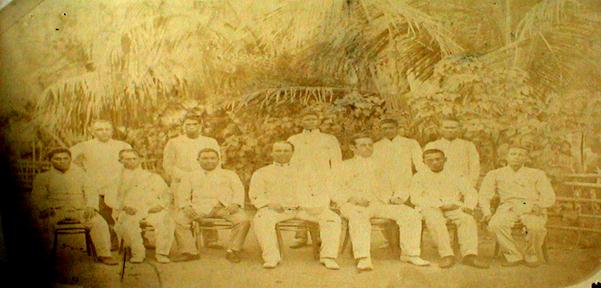
THE SECOND AND SUCCEEDING MUNICIPAL PRESIDENTS
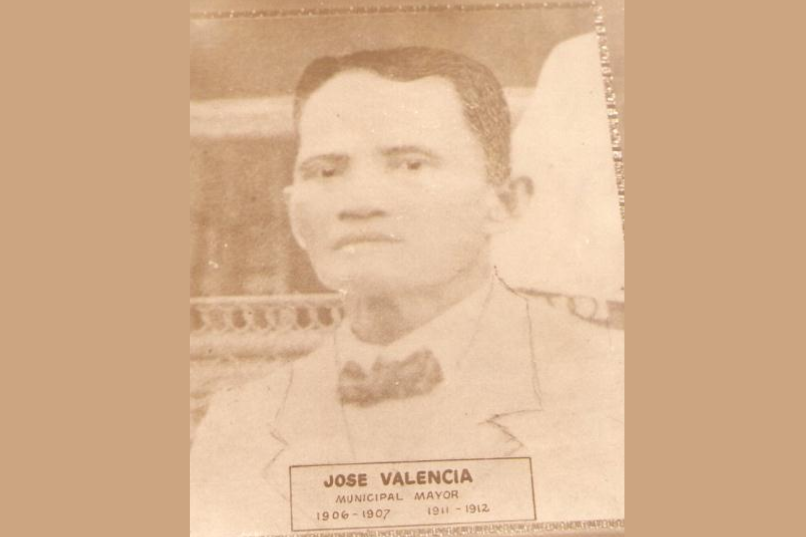
Jose E. Valencia
Jose E. Valencia was elected second Municipal President of Puerto Princesa in 1906.
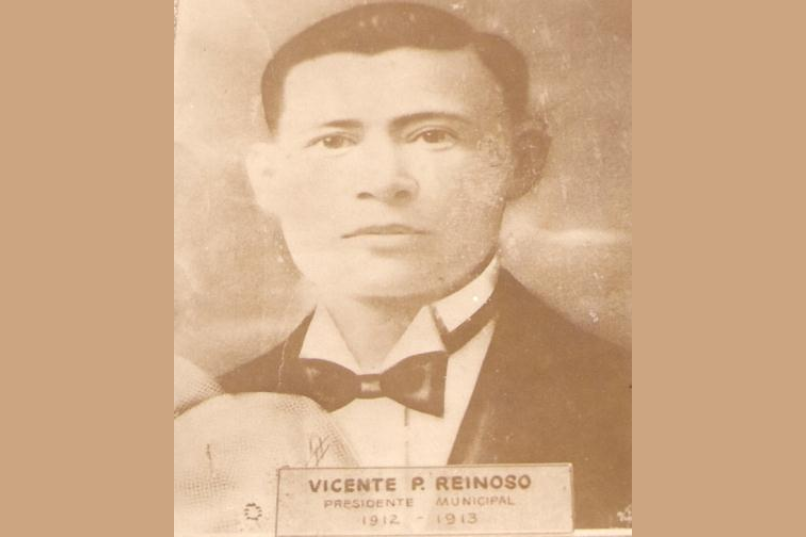
Vicente Reynoso
Vicente Reynoso was elected Municipal President in 1912. He was a retired public school teacher.
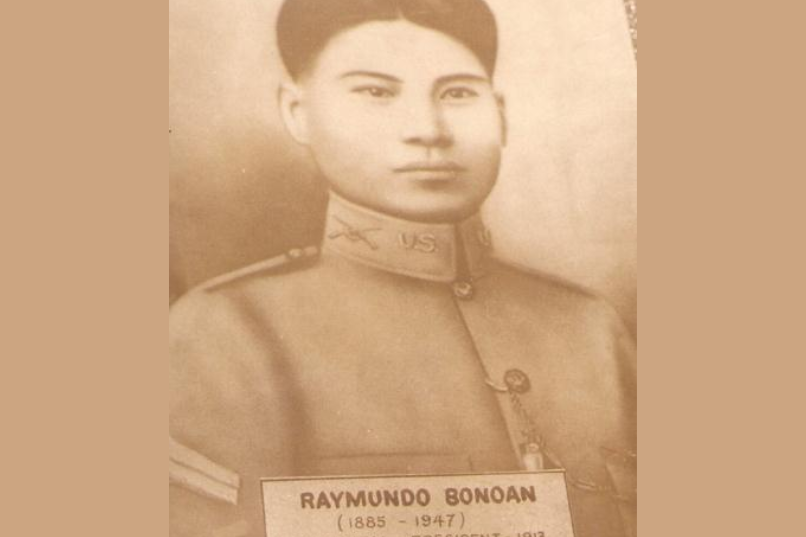
Reymundo Bonoan
Reymundo Bonoan who succeeded Reynoso, for unknown reason resigned in 1913.

In 1914, Geronimo Carandang was elected Municipal President. He served his full three-year term which ended 1916. Then Pedro Vicente was elected in 1916 for the second time and served until October 1919. Teodoro Malate was elected Municipal President in 1919 and served until 1922. He was followed by Jose Fernandez, elected for the second time in October 1922. He served his three-year term which ended October 1925. In October 1925 Aniceto D. Lacao was elected Municipal President. He served for three consecutive terms which ended in October 1934.
Municipal President Aniceto D. Lacao was born on April 17, 1896 in barrio Inagawan to Antonio Lacao and Alejandra Dagomboy. Responsible and diligent, he helped his father in their carpentry shop. Early in life, he showed much interest to study. At the age of 12 years old, he left for Puerto Princesa, working odd jobs until he became a valet to an American Doctor. Without his parents’ knowledge, he went with the American to Albay where he finished grades five and six on the top of his class. However, when the American was recalled to the United States, he went home. He worked as a clerk in the Office of the Municipal Treasurer in Puerto Princesa. He was later promoted as Treasurer and assigned to Balabac. He was later recalled to Puerto Princesa to serve as Treasurer. After almost three years as Municipal Treasurer of Puerto Princesa, he resigned and ran for Municipal President.
His accomplishments were: acquired the present site of the City Cemetery which was donated by Isidra Ponce de Leon; purchased the site of the Puerto Princesa Central School, now Puerto Princesa Pilot Elementary School; construction of the first three Gabaldon school buildings in Inagawan and Capayas; cementing of wells throughout the Municipality; initiated the construction of municipal roads like Roxas street; and identified the source of water supply in Cabudlongan River. In 1940, Governor Gaudencio Abordo appointed Aniceto Lacao as member of the Provincial Board of Palawan. He served until the Second World War broke out. He served for a few months more during the Japanese occupation as Provincial Board Member. After which he opted to work as teniente del barrio of Inagawan which found favor with the Japanese. Inagawan was not subjected to abuse and indignities by the Japanese detachment in the area.
After the war, he returned to government service as Social Worker for PRATRA. Later, Governor Alfredo Abueg, Sr. appointed him Superintendent of the Non-Christian Tribes for Palawan five days before the end of his term. He was immediately replaced by Pedro M. Vicente. Lacao retired from government service at age 60. He died on January 8, 1971 at 74 years old. Aniceto Lacao was married to Romana Aborot. They had ten children. In recognition for his contributions to Puerto Princesa, a street has been named after him per City Ordinance Number 56, series of 1981.
On October 22, 1934, Vicente Miraflores Palanca was elected Municipal President. He was born on April 5, 1890 in Puerto Princesa, the eldest of a Chinese couple Yu Dee Ho and Antonia Mondragon Miraflores, who escaped to Del Pilar then to Inagawan where they settled incognito. When his wife died, he married Petra Mondragon Miraflores, his wife’s younger sister. He was baptized and adopted the name Joaquin Palanca. He served as Municipal President until December 31, 1937. Severino Vicente was school teacher. He served as Municipal President from January 1, 1938 to December 31, 1940, during the Philippine Commonwealth. He was born on August 2, 1909 in Inagawan.
His parents were Pedro M. Vicente, former Municipal President of Puerto Princesa and Marcela Manaeg Esteban. He was married to Nieves Garganilla with whom he had eight children. He passed away on September 11, 1994. Mayor Vicente worked as Clerk of Court from 1951-1956. He was elected Municipal President for the second time from January 1, 1960 to December 1963. He was appointed Provincial Secretary from January 1, 1971 to August 1973. He later served as Barangay Captain of Salvacion from 1981 to 1987.
Vicente M. Palanca assumed the position of Municipal President for the second time on January 1, 1941. His term of office which was to end on December 31, 1943 was interrupted by the Second World War on December 8, 1941. He died on January 17, 1957, from a vehicular accident.
